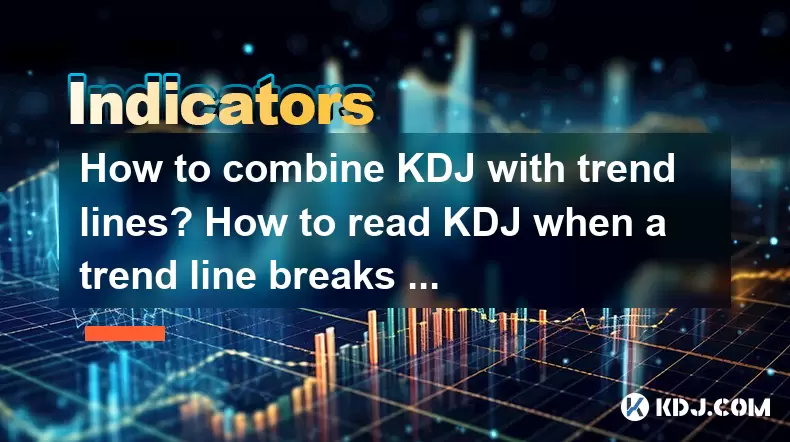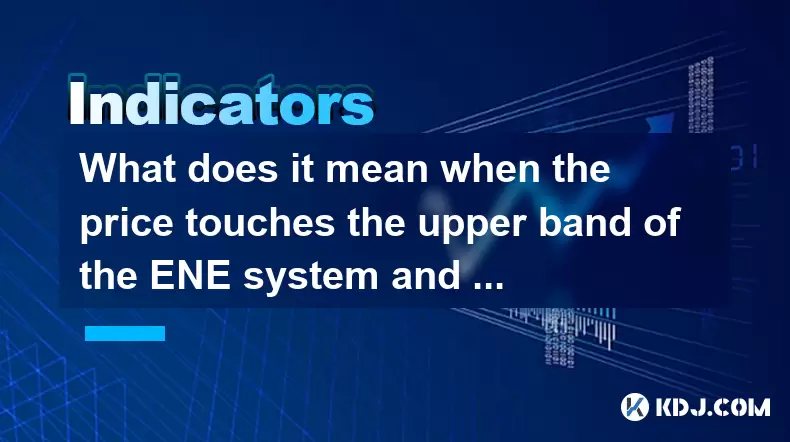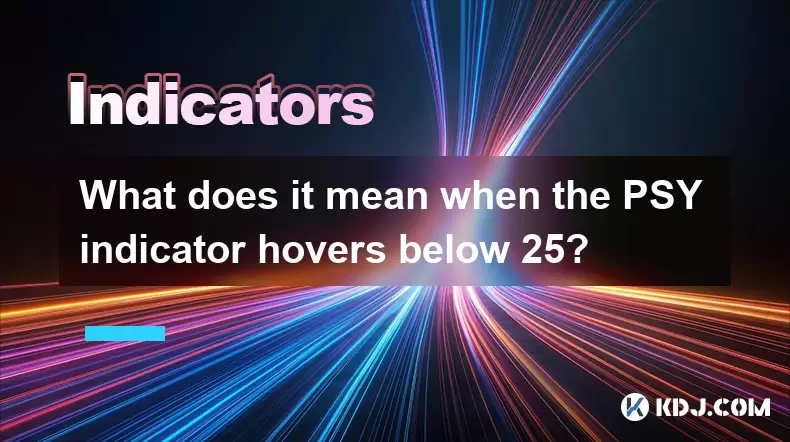-
 Bitcoin
Bitcoin $116700
0.48% -
 Ethereum
Ethereum $4213
6.27% -
 XRP
XRP $3.280
1.22% -
 Tether USDt
Tether USDt $1.000
0.02% -
 BNB
BNB $805.1
2.46% -
 Solana
Solana $180.2
2.65% -
 USDC
USDC $0.0000
0.02% -
 Dogecoin
Dogecoin $0.2412
8.50% -
 TRON
TRON $0.3356
-1.11% -
 Cardano
Cardano $0.8108
3.59% -
 Hyperliquid
Hyperliquid $43.89
8.53% -
 Chainlink
Chainlink $21.15
10.75% -
 Stellar
Stellar $0.4502
1.41% -
 Sui
Sui $3.935
4.69% -
 Bitcoin Cash
Bitcoin Cash $570.7
-1.75% -
 Hedera
Hedera $0.2636
3.28% -
 Avalanche
Avalanche $24.25
4.48% -
 Ethena USDe
Ethena USDe $1.001
0.03% -
 Litecoin
Litecoin $122.0
-0.08% -
 Toncoin
Toncoin $3.445
2.68% -
 UNUS SED LEO
UNUS SED LEO $8.979
-0.08% -
 Shiba Inu
Shiba Inu $0.00001379
6.73% -
 Uniswap
Uniswap $10.91
2.00% -
 Polkadot
Polkadot $4.106
5.39% -
 Dai
Dai $1.000
0.02% -
 Pepe
Pepe $0.00001227
9.07% -
 Bitget Token
Bitget Token $4.507
0.72% -
 Cronos
Cronos $0.1576
3.40% -
 Monero
Monero $272.0
-1.68% -
 Ethena
Ethena $0.7502
21.27%
How to combine KDJ with trend lines? How to read KDJ when a trend line breaks through?
KDJ, a momentum indicator, and trend lines can be combined to enhance trading decisions by identifying potential reversals and confirming market trends.
May 27, 2025 at 06:21 pm

Introduction to KDJ and Trend Lines
KDJ, or the Stochastic Oscillator, is a popular momentum indicator used in technical analysis to determine the overbought and oversold conditions of an asset. It consists of three lines: the K line, D line, and J line, which help traders identify potential trend reversals. On the other hand, trend lines are straight lines drawn on a chart that connect a series of prices to represent the direction of the market trend. Combining these two tools can provide a robust method for making trading decisions.
Understanding KDJ Indicators
The KDJ indicator is calculated based on the highest high and lowest low of a given period and the closing price of the asset. The formula for the KDJ indicator involves several steps:
- Calculate the %K line: This is derived from the current closing price, the lowest low, and the highest high over a specified period.
- Calculate the %D line: This is a moving average of the %K line, typically a 3-period simple moving average.
- Calculate the J line: This is derived from the K and D lines and is often used to provide additional signals.
The KDJ indicator helps traders identify potential buy and sell signals. When the K line crosses above the D line and both are below 20, it indicates an oversold condition and a potential buy signal. Conversely, when the K line crosses below the D line and both are above 80, it suggests an overbought condition and a potential sell signal.
Drawing and Using Trend Lines
Trend lines are essential tools for identifying the direction and strength of a trend. To draw a trend line, follow these steps:
- Identify at least two major price points: For an uptrend, connect two or more higher lows. For a downtrend, connect two or more lower highs.
- Draw the line: Use a straight line to connect these points, extending it into the future.
- Confirm the trend line: A valid trend line should be touched or approached by prices multiple times.
Trend lines help traders visualize the market's direction and potential support and resistance levels. When a trend line is broken, it can signal a potential change in the market trend.
Combining KDJ with Trend Lines
Combining KDJ with trend lines can enhance your trading strategy by providing more reliable signals. Here’s how to integrate these two tools:
- Identify the trend using trend lines: First, draw trend lines to determine the current market direction. This will give you a baseline for your analysis.
- Use KDJ to confirm trend signals: Once you have identified the trend, use the KDJ indicator to confirm potential entry and exit points. For example, in an uptrend, look for the K line to cross above the D line when both are below 20 as a potential buy signal.
- Watch for KDJ divergences: If the price is making new highs or lows, but the KDJ is not, this could indicate a potential reversal. Use trend lines to confirm these divergences.
Reading KDJ When a Trend Line Breaks Through
When a trend line is broken, it can signal a significant shift in market dynamics. Here’s how to read the KDJ indicator in this scenario:
- Assess the KDJ position: If the KDJ lines are in the overbought or oversold zone when the trend line breaks, it could confirm the break's validity. For example, if the trend line breaks to the downside and the KDJ is in the overbought zone, it strengthens the bearish signal.
- Look for KDJ crossovers: A K line crossing the D line after a trend line break can provide additional confirmation. If the trend line breaks to the upside and the K line crosses above the D line, it supports a bullish signal.
- Monitor the J line: The J line can provide early signals of potential reversals. If the J line diverges from the price action after a trend line break, it could indicate a false break.
Practical Example of Combining KDJ with Trend Lines
Let’s walk through a practical example to illustrate how to use these tools together:
- Identify the trend: Suppose you're analyzing a cryptocurrency chart and identify an uptrend by drawing a trend line connecting higher lows.
- Use KDJ for entry signals: As the price approaches the trend line, you notice the K line crossing above the D line while both are below 20. This suggests an oversold condition and a potential buy signal.
- Monitor for trend line break: If the price breaks above the trend line, confirm the break with the KDJ. If the K line crosses above the D line after the break, it strengthens the bullish signal.
- Watch for exit signals: As the price continues to rise, monitor the KDJ for overbought conditions. If the K line crosses below the D line while both are above 80, it could signal a potential exit point.
FAQs
Q: Can KDJ be used effectively on all time frames?
A: Yes, the KDJ indicator can be used on various time frames, from short-term intraday charts to longer-term daily or weekly charts. However, the effectiveness may vary depending on the asset's volatility and the specific trading strategy employed.
Q: How can I avoid false signals when using KDJ with trend lines?
A: To avoid false signals, it's crucial to confirm KDJ signals with other indicators or price action. For example, use volume analysis or other momentum indicators like the RSI to validate KDJ signals. Additionally, ensure that the trend line breaks are significant and not just minor fluctuations.
Q: Is it necessary to use the J line in KDJ analysis?
A: While the K and D lines are essential for basic KDJ analysis, the J line can provide additional insights, especially in identifying early reversal signals. However, it's not mandatory to use the J line, and many traders focus primarily on the K and D lines for their trading decisions.
Q: How do I adjust the KDJ settings for different cryptocurrencies?
A: The standard settings for the KDJ indicator are typically 9, 3, and 3 for the periods of the K, D, and J lines, respectively. However, you may need to adjust these settings based on the cryptocurrency's volatility. For highly volatile assets, you might use shorter periods (e.g., 5, 2, 2) to get more responsive signals, while for less volatile assets, longer periods (e.g., 14, 3, 3) might be more appropriate.
Disclaimer:info@kdj.com
The information provided is not trading advice. kdj.com does not assume any responsibility for any investments made based on the information provided in this article. Cryptocurrencies are highly volatile and it is highly recommended that you invest with caution after thorough research!
If you believe that the content used on this website infringes your copyright, please contact us immediately (info@kdj.com) and we will delete it promptly.
- Trump, Crypto Vehicle, and WLFI Tokens: A New York Minute on the Latest Buzz
- 2025-08-10 00:30:12
- Wheat Penny Fortune: Unearthing Valuable Coins in Your Pocket Change
- 2025-08-10 00:35:19
- AI Coin Mania: Dubai Millionaires Eye 20x Gains!
- 2025-08-09 23:10:12
- ChatGPT's Hot Takes: Meme Coins to Buy Now for a Wild 2025!
- 2025-08-09 23:10:12
- Jurassic Park Vibes in Your Pocket: The Colourful Canadian Coin Featuring a Dinosaur Eye
- 2025-08-09 23:50:12
- Altcoins on the Radar: VeChain, Ethereum, and the Shifting Crypto Landscape
- 2025-08-09 23:50:12
Related knowledge

What does it mean when the price is trading above the SAR indicator but the red dots are densely packed?
Aug 09,2025 at 11:49pm
Understanding the SAR Indicator and Its Visual SignalsThe SAR (Parabolic Stop and Reverse) indicator is a technical analysis tool used primarily to de...

What does it mean when the MACD histogram continues to shorten but the price reaches a new high?
Aug 09,2025 at 09:29pm
Understanding the MACD Histogram and Its ComponentsThe MACD (Moving Average Convergence Divergence) indicator is a widely used technical analysis tool...

What does it mean when the Triple Moving Average (TRIX) turns downward but the price doesn't fall?
Aug 09,2025 at 12:42pm
Understanding the Triple Moving Average (TRIX) IndicatorThe Triple Moving Average, commonly known as TRIX, is a momentum oscillator designed to filter...

What does it mean when the price touches the upper band of the ENE system and then falls back?
Aug 10,2025 at 12:42am
Understanding the ENE Indicator StructureThe ENE (Envelope) indicator is a technical analysis tool used in cryptocurrency trading to identify potentia...

What does it mean when the Williams' oscillator repeatedly hits bottoms but fails to rebound?
Aug 09,2025 at 09:28am
Understanding the Williams %R OscillatorThe Williams %R oscillator, developed by Larry Williams, is a momentum indicator used in technical analysis to...

What does it mean when the PSY indicator hovers below 25?
Aug 10,2025 at 01:14am
Understanding the PSY Indicator in Cryptocurrency TradingThe PSY indicator, also known as the Psychological Line indicator, is a momentum oscillator u...

What does it mean when the price is trading above the SAR indicator but the red dots are densely packed?
Aug 09,2025 at 11:49pm
Understanding the SAR Indicator and Its Visual SignalsThe SAR (Parabolic Stop and Reverse) indicator is a technical analysis tool used primarily to de...

What does it mean when the MACD histogram continues to shorten but the price reaches a new high?
Aug 09,2025 at 09:29pm
Understanding the MACD Histogram and Its ComponentsThe MACD (Moving Average Convergence Divergence) indicator is a widely used technical analysis tool...

What does it mean when the Triple Moving Average (TRIX) turns downward but the price doesn't fall?
Aug 09,2025 at 12:42pm
Understanding the Triple Moving Average (TRIX) IndicatorThe Triple Moving Average, commonly known as TRIX, is a momentum oscillator designed to filter...

What does it mean when the price touches the upper band of the ENE system and then falls back?
Aug 10,2025 at 12:42am
Understanding the ENE Indicator StructureThe ENE (Envelope) indicator is a technical analysis tool used in cryptocurrency trading to identify potentia...

What does it mean when the Williams' oscillator repeatedly hits bottoms but fails to rebound?
Aug 09,2025 at 09:28am
Understanding the Williams %R OscillatorThe Williams %R oscillator, developed by Larry Williams, is a momentum indicator used in technical analysis to...

What does it mean when the PSY indicator hovers below 25?
Aug 10,2025 at 01:14am
Understanding the PSY Indicator in Cryptocurrency TradingThe PSY indicator, also known as the Psychological Line indicator, is a momentum oscillator u...
See all articles

























































































